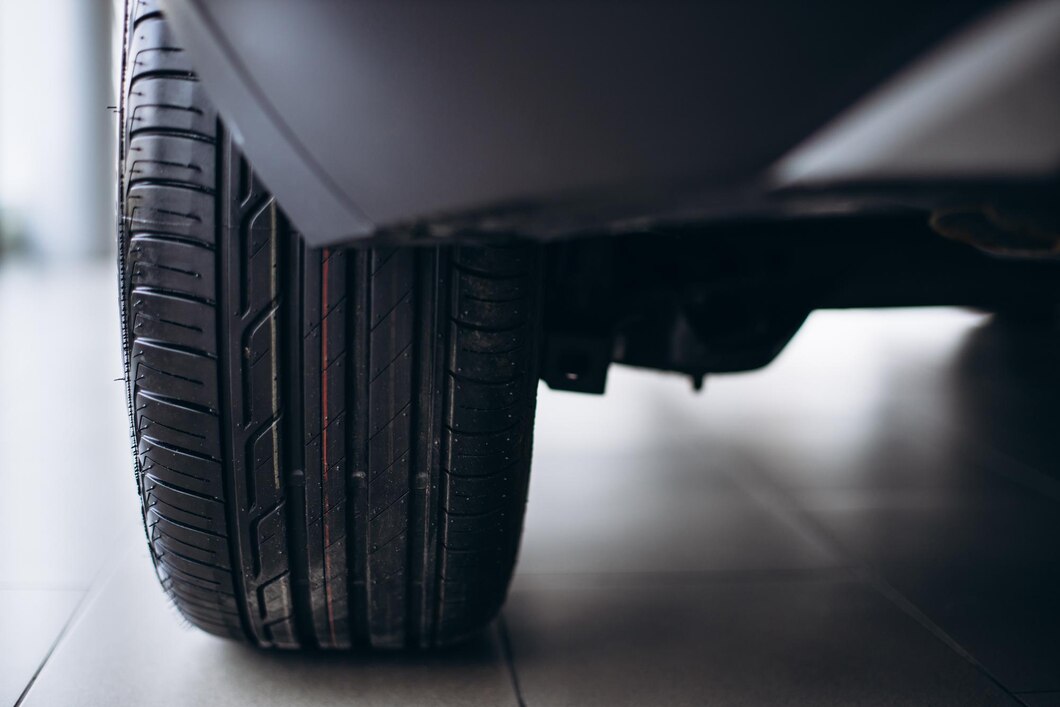Your car’s tires are one of its most critical safety components, providing traction, stability, and control on the road. As they age and wear down, their ability to perform these functions diminishes, posing a risk to you and other road users. Recognizing the early signs that your tires need replacing can help you avoid accidents and ensure your vehicle remains roadworthy. Here are some key indicators to watch out for:
- Tread Wear: The most obvious sign that your tires need replacing is excessive tread wear. Tread depth is crucial for maintaining traction on wet or slippery roads. You can perform a simple tread depth check using a tread depth gauge or the “penny test.” If the tread depth is worn down to 2/32 of an inch (1.6 millimeters) or less, it’s time to replace the tires.
- Uneven Wear Patterns: Inspect the tread surface for uneven wear patterns, such as cupping, scalloping, or feathering. These patterns often indicate misalignment, suspension issues, or improper tire inflation. Addressing the underlying cause is essential to prevent further tire damage and ensure even tire wear.
- Cracks or Bulges: Check the sidewalls of your tires for cracks, cuts, or bulges. These can be caused by impacts with potholes, curbs, or debris on the road. Cracks weaken the tire’s structure, increasing the risk of a blowout, while bulges indicate internal damage and imminent failure. If you notice any of these issues, replace the affected tire immediately.
- Vibration or Wobbling: Experiencing vibrations or wobbling while driving, especially at high speeds, could indicate tire wear or balance issues. Worn tires or unevenly worn tread can cause vibrations that affect the vehicle’s handling and ride comfort. Have your tires inspected and balanced to identify and correct any issues.
- Increased Road Noise: As tires wear down, they can become louder on the road, producing a noticeable increase in road noise. Excessive road noise, especially on smooth surfaces, may indicate that your tires are nearing the end of their lifespan. Consider replacing them to restore a quieter and smoother ride.
- Loss of Tire Pressure: If you find yourself frequently needing to top up tire pressure or if you notice a sudden loss of pressure, it could be a sign of tire damage or leakage. Inspect the tire for punctures, cuts, or valve stem issues, and replace or repair the affected tire as necessary.
- Age of the Tires: Even if your tires appear to be in good condition, it’s essential to consider their age. Tires degrade over time, regardless of mileage or tread depth. Most manufacturers recommend replacing tires every six to ten years, depending on usage and environmental conditions.
Regular tire maintenance, including proper inflation, rotation, and alignment checks, can help prolong the life of your tires and ensure optimal performance and safety. However, recognizing the early signs of tire wear and addressing them promptly is crucial for maintaining traction, stability, and control on the road. If you notice any of the aforementioned signs, don’t delay in replacing your tires to stay safe and keep your vehicle in top condition.











